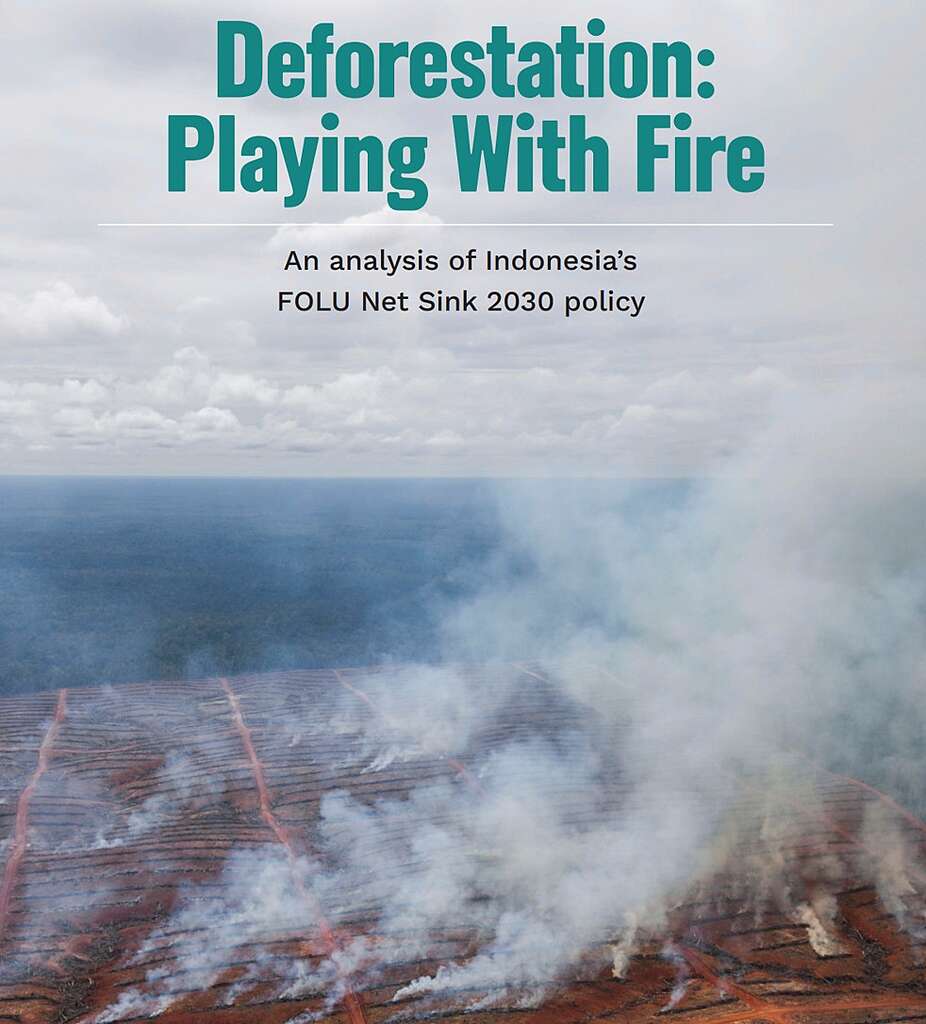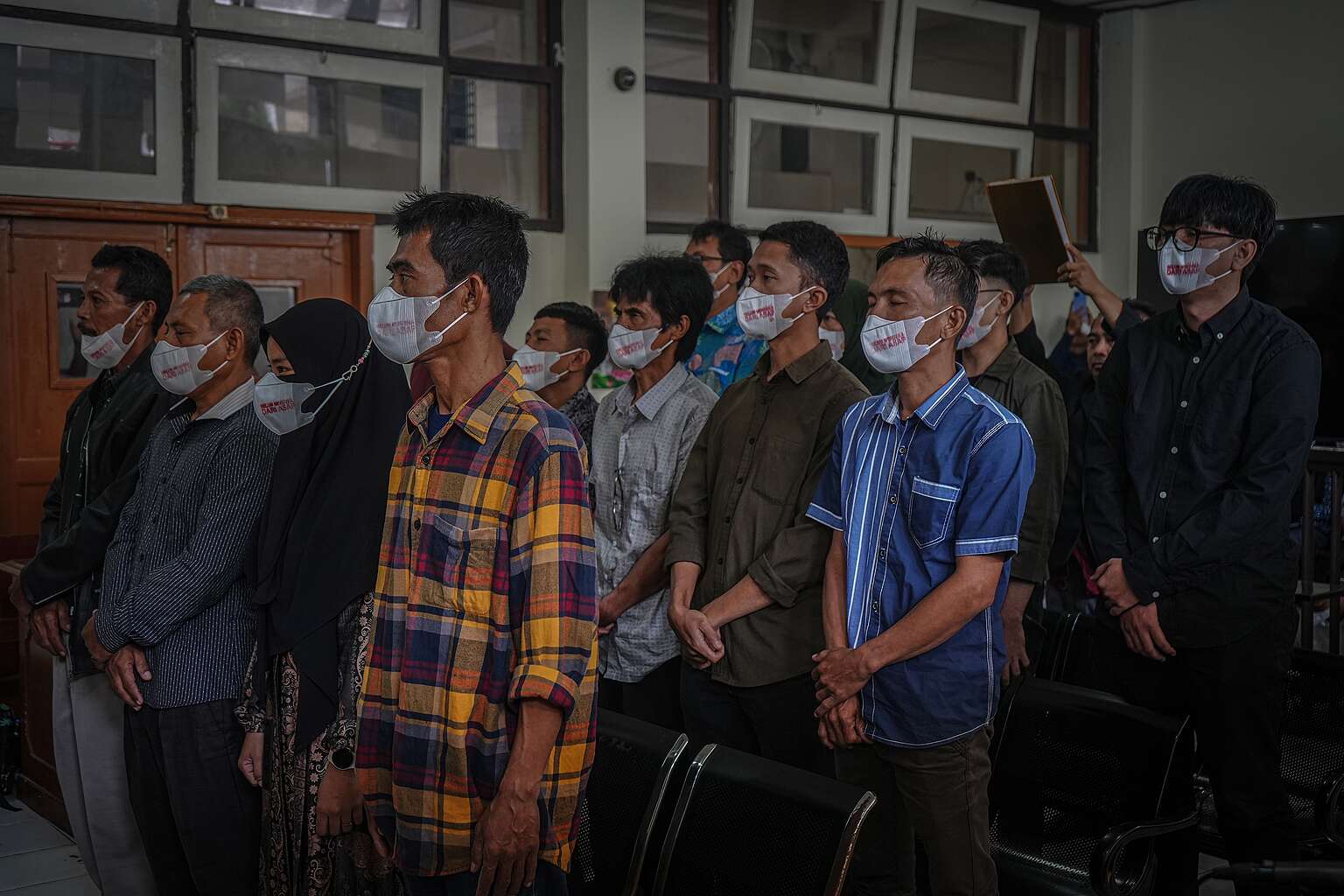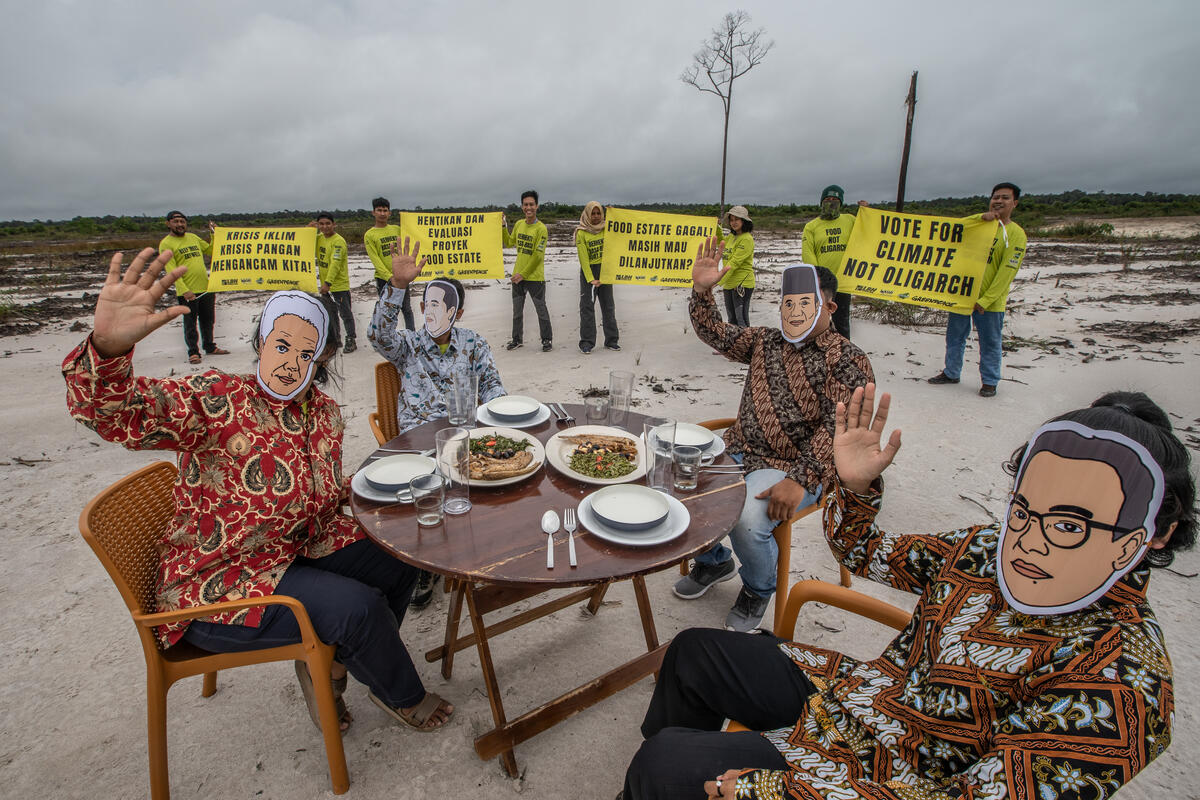The government of Indonesia’s Forest and Land Use Net Sink 2030 policy envisions that Indonesian forest management will no longer contribute to the release of greenhouse gas emissions. By the end of the next decade, under the government’s vision, the government claims the forestry sector will be able to absorb more carbon than it releases, ie. act as a carbon sink, playing an active role in mitigating the climate crisis.
However, Greenpeace Indonesia’s analysis of the FOLU Net Sink 2030 policy found that this policy could backfire on the effort to ensure the survival of the nation’s forests. Instead of absorbing emissions, the FOLU Net Sink 2030 strategy risks perpetuating deforestation and the destruction of natural forests.

Key Findings:
* The government of Indonesia is determined to continue with a policy of planned deforestation. This is despite having now exceeded the deforestation ‘quota’ for 2013-2030 that it established when the FOLU Net Sink 2030 policy was first formulated;
* Greenpeace analysis of forest remaining in areas already allocated for industrial uses reveals that tens of millions of hectares of natural forest are at risk because the FOLU Net Sink 2030 policy is not backed up with strict forest and peat protection regulations;
* A central premise of the FOLU Net Sink 2030 policy is flawed – carbon emissions from natural forest loss cannot simply be offset through short-term carbon sequestration by industrial monoculture timber plantations;
* The FOLU Net Sink 2030 strategy of developing industrial plantations risks backfiring by triggering destruction of natural forests, exacerbating conflicts with Indigenous and local communities, and threatening irreplaceable biodiversity;
* Deforestation ‘planning’ in Tanah Papua is not evidence-based, is not accompanied by strong policies and protective measures, ignores major threats such as the Trans Papua road project, and fails to address previous violations of forest regulations;
* The new policy sets a potential deforestation target that is half as much again as Indonesia’s already high 7.27 million hectare Nationally Determined Contribution (NDC) target for 2013–2030 – to that of 10.47 million hectares for 2021 – 2030. This is made up of 5.32 million hectares of planned deforestation and 5.15 million hectares of unplanned deforestation. This massive area of deforestation, equivalent to almost a quarter of the area of Sumatra, would release 10.1 gigatons of CO2;
* If industrial timber plantations are expanded under this policy within existing concessions (rather than on new areas of unforested land) then 5.7 million hectares of natural forest may be cleared, risking the release of 5.5 gigatons of carbon into the atmosphere.



